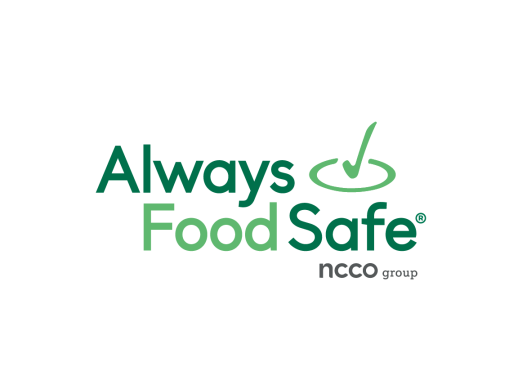Looking clean and presentable is not just about making a good impression on customers.
We know that cross-contamination can be caused by not sanitizing surfaces or not washing your hands, but did you know that cross-contamination can also occur by transferring bacteria from dirty clothing?

 English
English
 Spanish
Spanish
